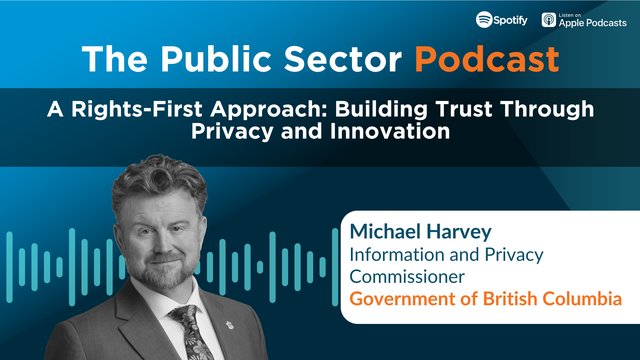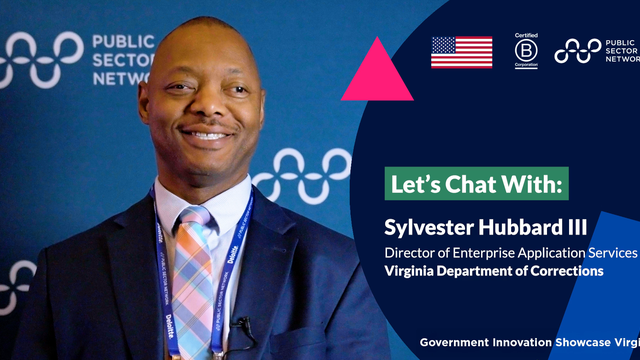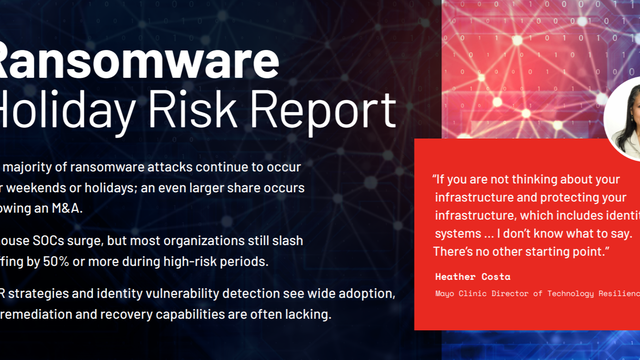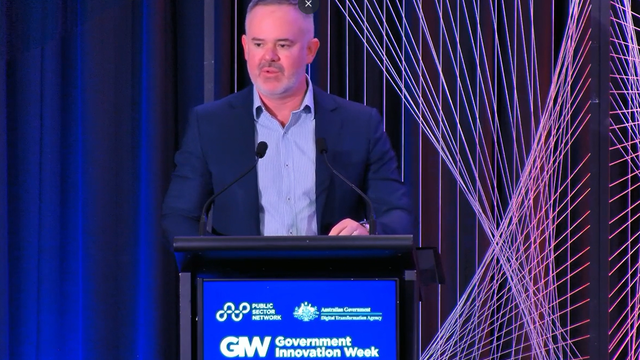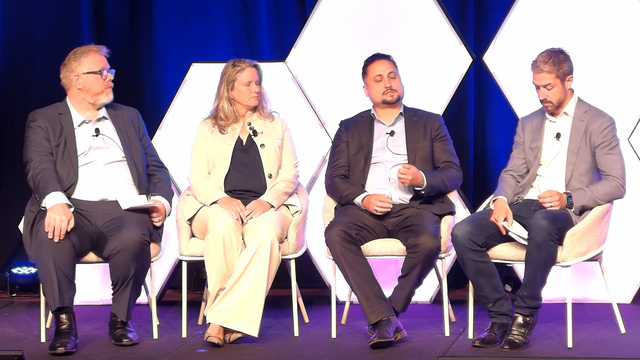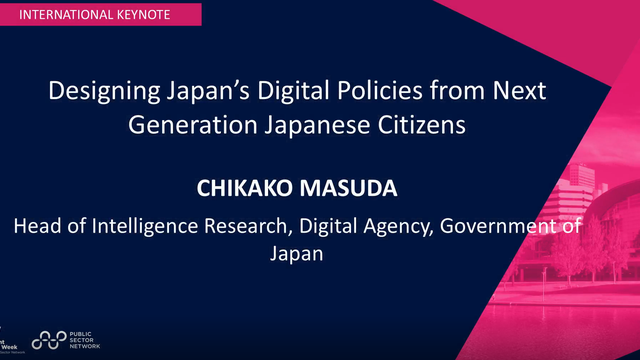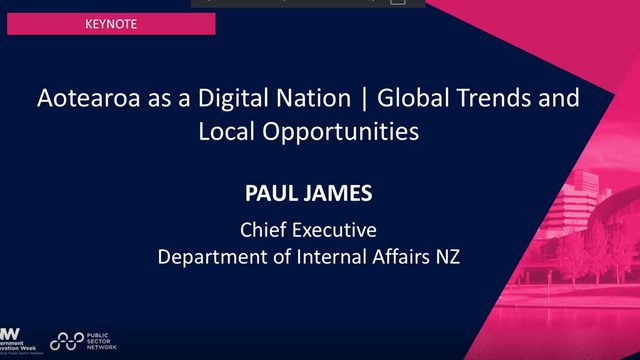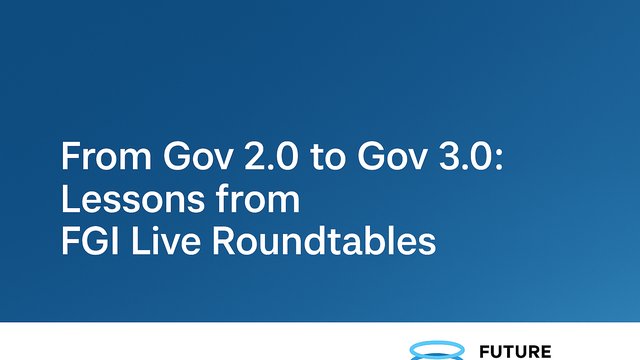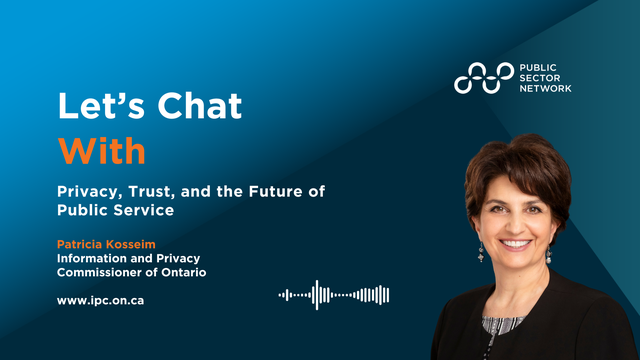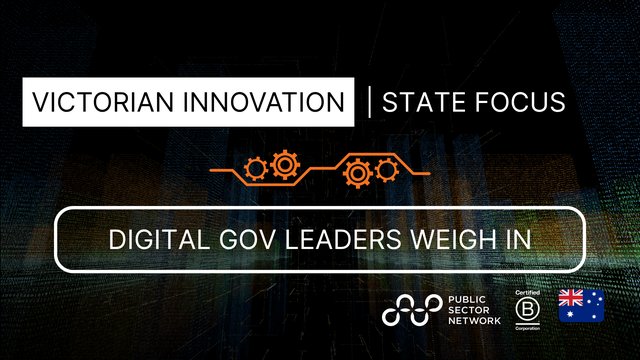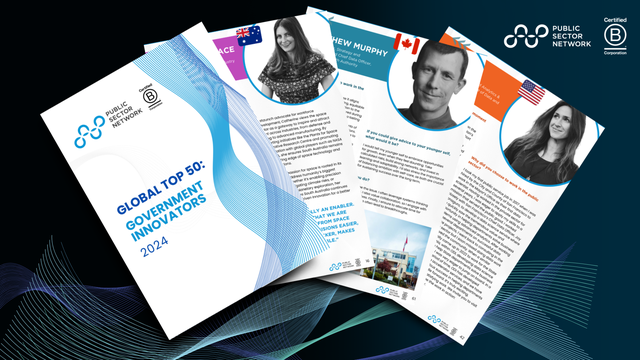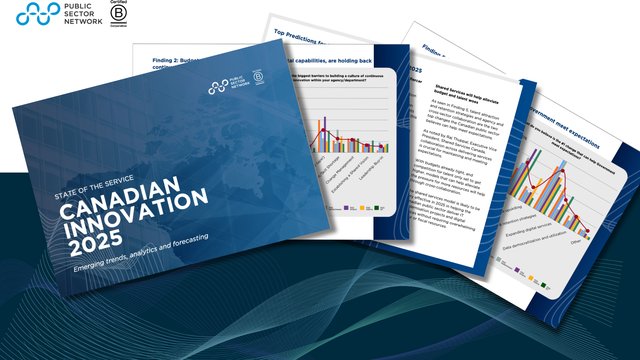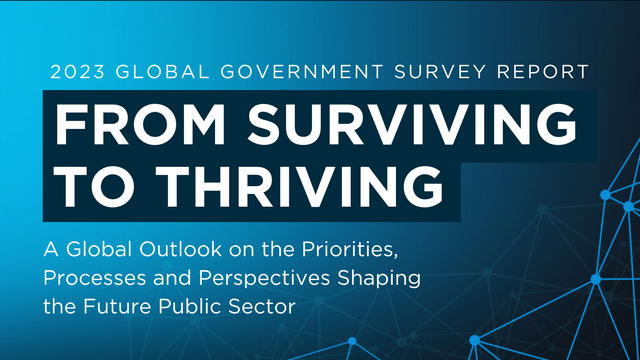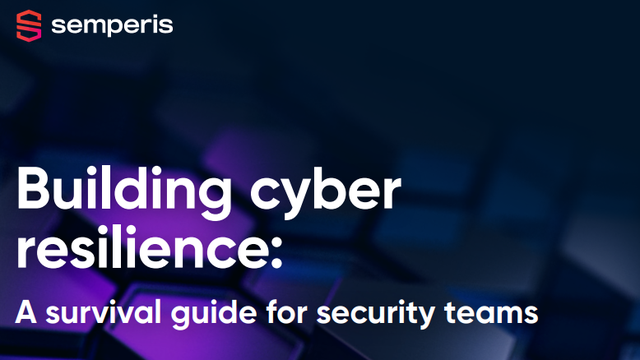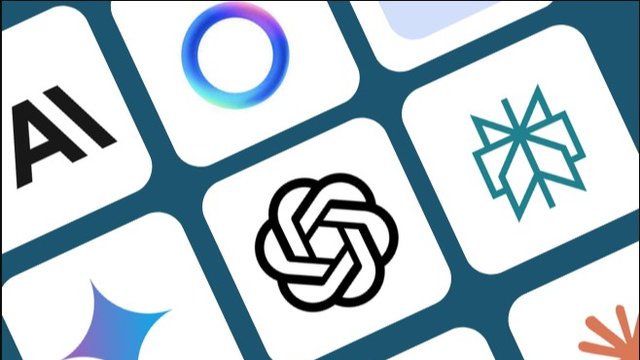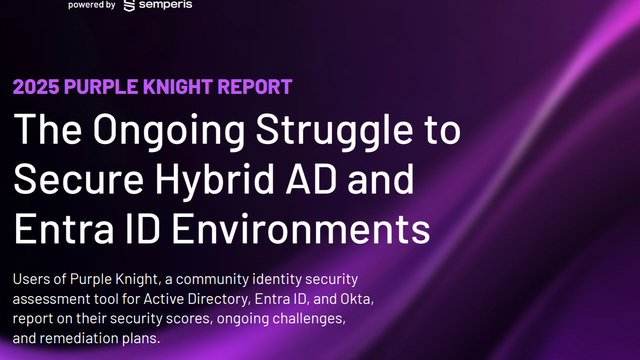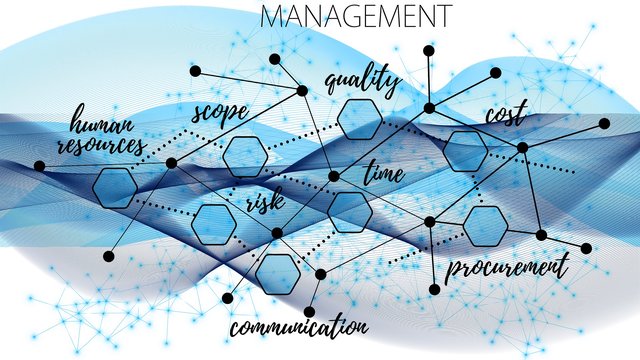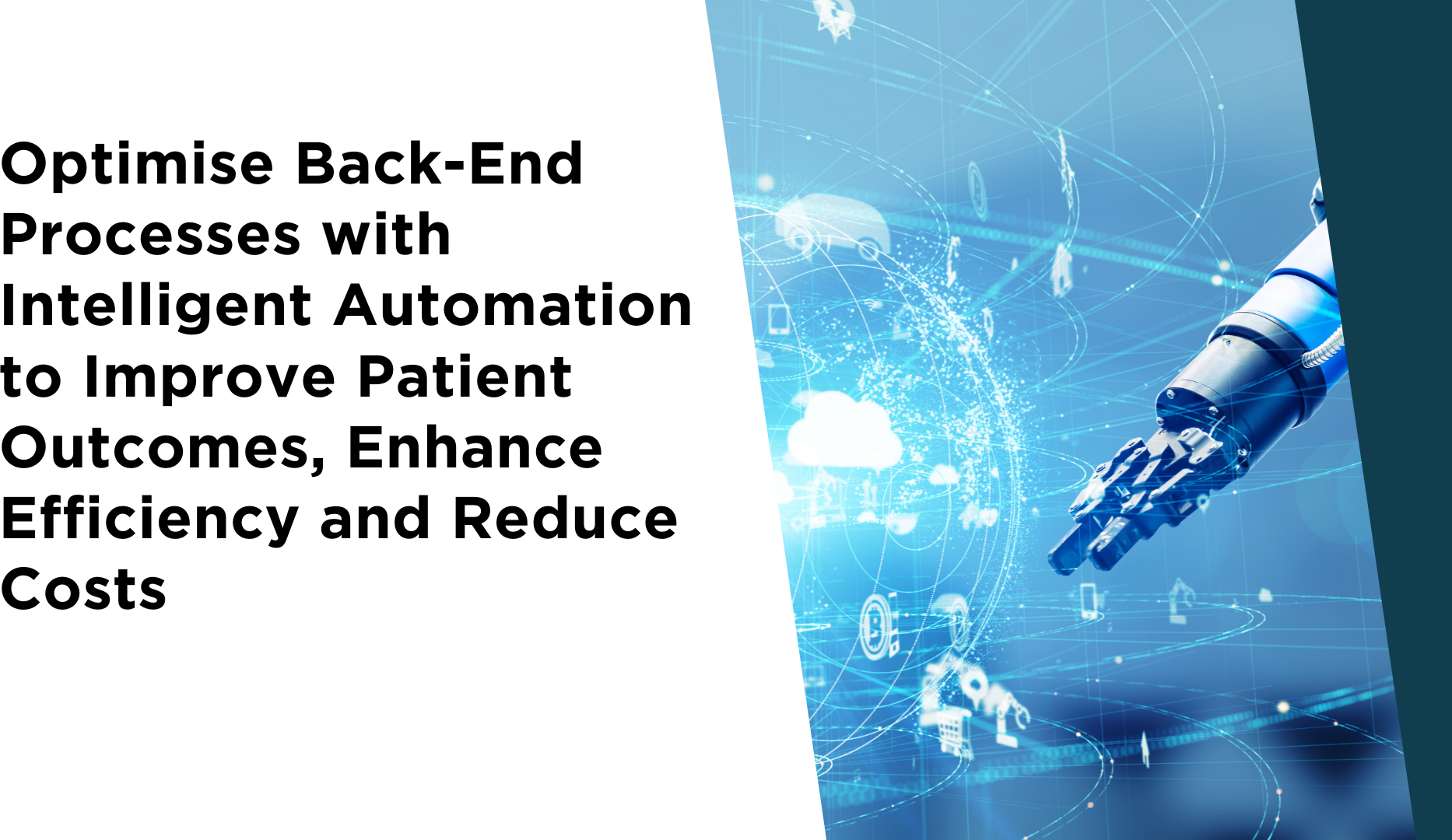
“Intelligent Automation has enabled us to streamline time-consuming administrative tasks, reducing manual work and freeing up our healthcare staff to focus on delivering quality care. By optimising these back-end processes, Alberta Health Services is able to improve patient outcomes, reduce operational costs, and enhance overall efficiency.” - Jesse Tutt, Program Director, Intelligent Automation, Information Technology
Quick Facts
Organisation: Alberta Health Services
Encompasses: 100 hospitals, 700 buildings and 34,000 beds
In one year, the organisation...
- serves over 11.3 million meals
- Cleans 2.2 million square meters of floors,
- Launders 9 million bath towels and 28.5 million sheets
Company Context:
- 100 Companies
- 10,000 managers
- Highly engaged and active union
IT Infrastructure:
- 80 IT service owners
- 1.5 million emails processed daily
- 110,000 computers and 10,000 servers
- 370,000 endpoints and 42,000 phones in operation
Opportunity
AHS, a large healthcare provider in Canada with extensive facilities and high operational demands, recognised the need for automation to alleviate tasks that staff found repetitive, time-intensive, or complex.
An Intelligent Automation program was implemented to transform key operational areas. This included:
- Improving operational efficiency through error reduction and faster processing
- Reallocating resources to higher-value tasks
- Improving citizen satisfaction through enhanced service delivery
- Integrating analytics for data-driven decision making
Solution
A suite of tools were used to automate steps, collect data and identify automation opportunities. This included:
- Robotic Process Automation (RPA), task mining, chatbots, and computer vision
- Integration with AI tools for document intelligence and chatbot testing
- Use of Microsoft and Azure AI APIs for custom automation solutions from security to clinical and administrative uses
What goes into an Intelligent Automation Toolkit?

Implementation
AHS followed a structured approach: identifying opportunities, designing and developing automation solutions, testing, and then deploying them in stages. The intake process involved scoring potential projects based on financial and operational benefits, which helped prioritise and manage resources effectively.
There was particular success targeting processes the staff found frustrating. This included processes that were...
- Repetitive
- High volume
- Manually intensive
- Rules-Based
- Crossed multiple systems
- High effort tasks that absorbed the time of full-time employees
One of the first areas the project targeted was employee onboarding, so that a new – or transferring- staff member could be updated in the system and assigned IT resources as quickly as possible.
Applications included...
- IT service desk installs
- Device replacement
- Secondary approvals
- Device assignment
- System navigation and migration
- HR Letters
- Staff position edits
- Shift scheduling
Governance
The governance structure of the AHS Intelligent Automation program was designed to support strategic alignment, efficient resource allocation, and ensure compliance with regulatory standards. It includes a multi-layered oversight approach that integrates executive support, departmental ownership, and cross-functional collaboration.
- Executive Sponsorship: Secured funding, aligned IA with organizational goals, and championed innovation.
- Automation Governance & Steering Committee (AGSC): Oversaw priorities, monitored progress, and ensured cross-departmental collaboration.
- Department Heads and Automation Champions: Identified, promoted, and prioritised automation opportunities within each department.
- Intelligent Automation Team: Managed the full lifecycle of IA projects, ensuring alignment with standards and compliance.
- Cross-Functional Virtual Teams: Combined expertise for agile, targeted responses to multi-departmental automation needs.
- Additional Oversight Roles: Finance, audit, and privacy reps managed compliance, risk, and regulatory requirements.
Outcomes
Technology Outcomes
The program automated 47 processes, resulting in a savings of 200 work years and significant cost reductions. For example, $1.3 million was saved through automated PDF generation for clinical data.
The automations also enhanced service delivery by enabling quicker response times for standard tasks, such as IT service desk requests and HR position changes. This includes supporting 17,000 new hires and 47,000 staff transfers annually through automated onboarding processes
The IA transformation has already begun to be recognised for its impact, receiving the following awards:
- 2022: Business Value Driver – Global Award, Best Newcomer – Americas All-Star Award
- 2023: Transformation Excellence Finalist, Change Agent Award – Global, SS&C MVP
- 2024: Legend Award, Customer Excellence Awards Judge
Governance Outcomes
- Prioritisation and Resource Allocation: The structured governance framework allows AHS to rank automation opportunities by potential impact, ensuring high-priority initiatives receive the resources and support they need.
- Organizational Buy-In: With champions in each department and visible executive sponsorship, AHS has established a broad base of support for IA, mitigating resistance to change.
- Continuous Improvement: Regular updates from the AGSC and automation champions allow AHS to refine its IA approach, making adjustments based on feedback, lessons learned, and evolving organisational needs.
Future
Moving forward, AHS plans to advance its IA program with solutions that enhance efficiency, citizen engagement, and operational flexibility.
- Attracting Talent: AHS aims to compete for skilled workers through flexible work options, public recognition, and internal upskilling, fostering an innovative work environment.
- Chatbots: Scaling chatbot use will improve citizen engagement by handling routine inquiries 24/7, freeing staff for complex tasks.
- AI Expansion: Customised AI models, embedded AI in enterprise systems, and NLP for document processing can streamline workflows and improve data-driven decision-making.
- Cloud Adoption: Moving to the cloud will boost scalability, reduce costs, and enhance security, enabling quicker deployment and improved compliance.
These initiatives will further AHS’s mission of delivering innovative, quality healthcare services within a sustainable and resilient framework.



